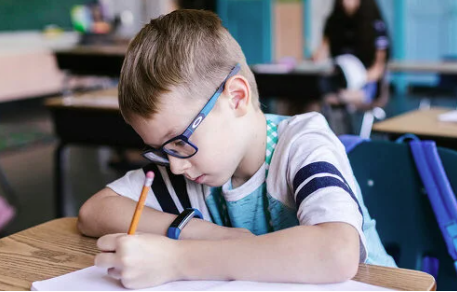In today’s modern classrooms, lessons often move quickly, packed with discussions, multimedia presentations, and complex topics. For many students, keeping up and staying focused can be challenging. However, by adopting practical techniques and developing strong study habits, students can stay engaged and absorb information effectively—even in fast-paced learning environments.
The first step is to come prepared. Reviewing previous notes and reading upcoming material before class can provide a strong foundation. When students walk into the room with background knowledge, they’re better equipped to follow the lesson and participate actively. This habit also reduces the time needed to grasp new information, as much of the groundwork has already been laid.
Sitting near the front of the class or where distractions are minimal can also make a difference. Being closer to the teacher and the board improves visibility and helps minimize distractions from phones, noise, or other students. A strategic seat choice can enhance attention and create a stronger sense of connection with the lesson.
Active listening is another key strategy. Instead of trying to write down everything, focus on understanding main ideas and key concepts. Using shorthand or bullet points can help capture the essence of a lecture without losing pace. Summarizing ideas in your own words also helps deepen understanding and boosts memory retention.
Asking questions during or after class is a great way to stay mentally engaged. If something is unclear, speaking up can clarify confusion and keep your brain focused on the topic at hand. Teachers appreciate thoughtful questions and students benefit from real-time clarification. Asking questions also signals to the brain that learning is interactive, not passive.
Organizing materials ahead of time—having notebooks, textbooks, and digital tools ready—saves time and reduces stress during class. Tools like highlighters, tabs, and digital note apps can help keep information structured and easy to review later. Keeping a consistent system for organizing notes and assignments makes it easier to reference material for exams or projects.
Taking short mental notes and summarizing what you learned at the end of class is a helpful reinforcement method. A quick review of the day’s content helps solidify knowledge and prepares you for future lessons. Some students find it helpful to use a reflection journal or to voice-record their summaries.
Managing distractions is crucial. In a fast-paced setting, it’s easy to become overwhelmed by external or internal interruptions. Turning off notifications, using focus apps, or practicing mindfulness can help students train their attention. Strategies like setting specific focus goals for each class and using noise-canceling headphones when allowed can also enhance concentration.
Stay consistent with breaks and self-care. Mental fatigue builds up quickly during intense classroom sessions. Building in regular breaks between classes to stretch, hydrate, or take deep breaths helps refresh your mind. Over time, these habits improve both attention span and resilience.
Working with peers can also help. Study groups allow students to fill in gaps in their understanding and reinforce each other’s focus. Sharing notes, discussing key points, and reviewing lessons together can make learning more active and less isolating. Collaborative learning builds accountability and motivation.
Staying healthy also plays a major role. A well-rested brain is more alert and better able to process information. Getting enough sleep, eating balanced meals, and staying hydrated all support learning and concentration. Physical activity outside of class can also reduce restlessness and improve overall mental clarity.
Lastly, having a growth mindset helps maintain focus even when the content feels challenging. Rather than feeling discouraged, students who view difficulties as learning opportunities are more likely to stay engaged and improve over time. Reminding yourself that progress matters more than perfection can reduce anxiety and increase perseverance.
In summary, staying focused in a fast-paced classroom is achievable with preparation, active engagement, and self-care. By developing consistent habits, building supportive routines, and using tools that support concentration, students can keep up with rapid instruction and make the most of their learning experiences. These skills not only help in the classroom but also lay the foundation for lifelong learning and personal growth.














